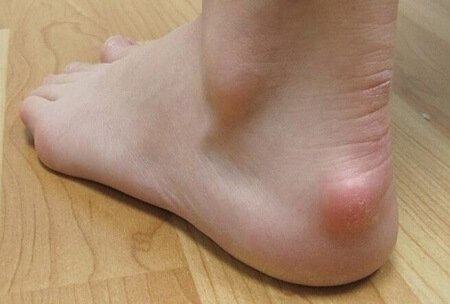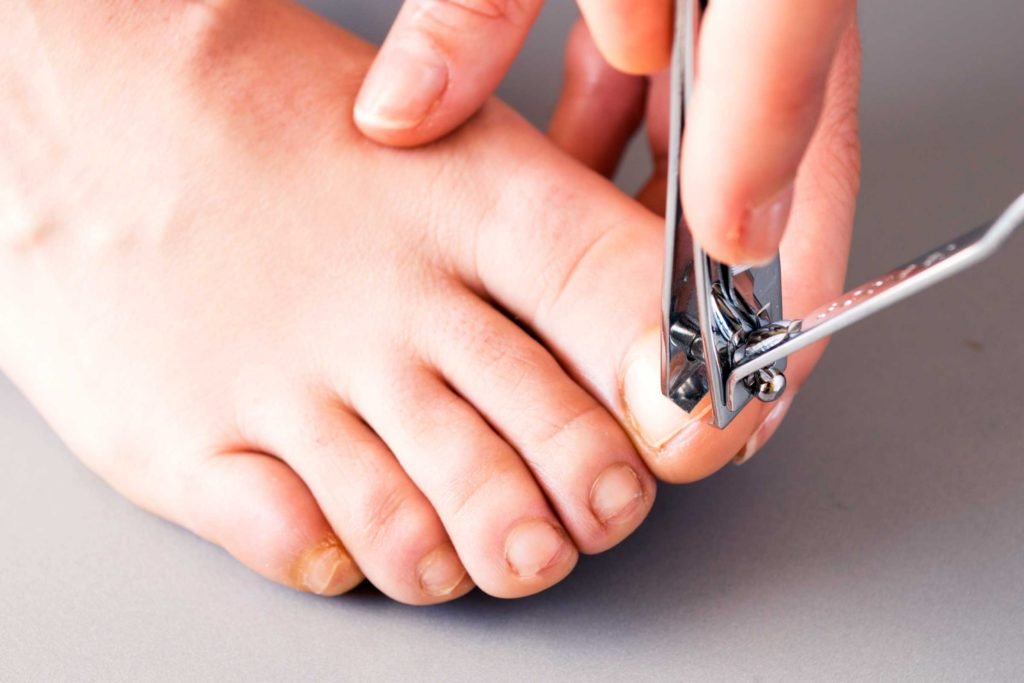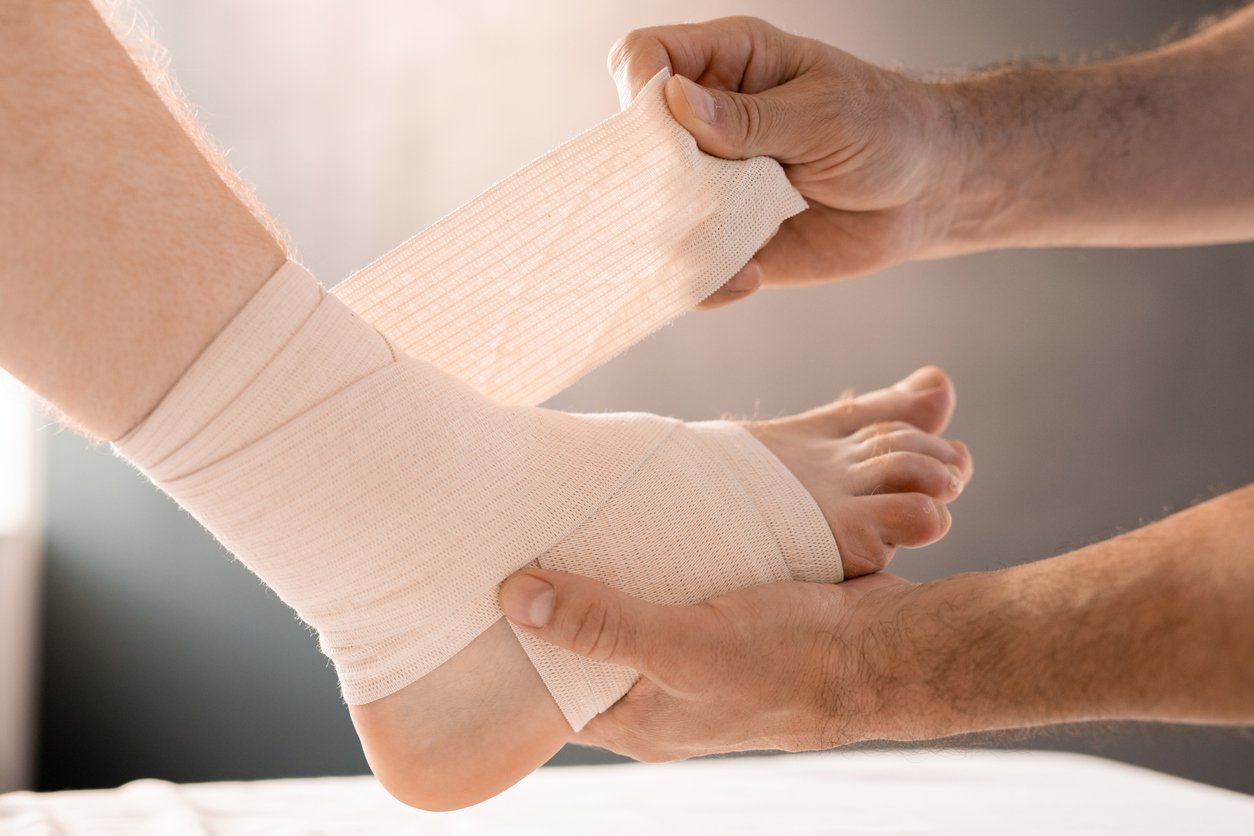Your heel is an unexpected place to find a lump or bump, especially if you don’t play sports and haven’t suffered a foot injury. Fortunately, most lumps and bumps on the heel are harmless, although some can be painful.
Any new lump on your foot should be checked by our podiatrists – especially if you’re in pain or discomfort. Our podiatrists can assess the type and cause of the lump and get you on the path to healing.
The proper treatment depends on the lump’s type, cause, and location. Symptoms depend a great deal on the cause of the lump itself.
The lump on your heel might show up in either one or both heels. You may notice redness and swelling around the lump, and the lump may be tender to the touch. Lumps may appear on the sides, back, or bottom of the heel.
In most cases, the pain you experience from the lump on your heel will get worse if you rise up on your toes.
Trust the experts!
Let's Heal your Heels!
Lumps or bumps on your heels can be painful and made worse by socks, shoes, and everyday activities that keep you on your feet. They can even affect your self-esteem if they make you feel like you want to hide your feet!
If you have a lump or bump on your heel, please call 07 4942 5016, or book an appointment online. A lump on the heel is usually something we can successfully treat in our clinic. Sometimes, it’s a clue to another health issue. Some lumps and bumps will heal on their own, but we won’t know until we’ve examined them.
Treating each cause of the bump on the heel will be different, ranging from resting and icing to surgery in some rare cases. The sooner you have the bump on your heel checked, the easier the treatment usually is. Letting a bump stay on your heel could cause the bump to get bigger and more painful.





